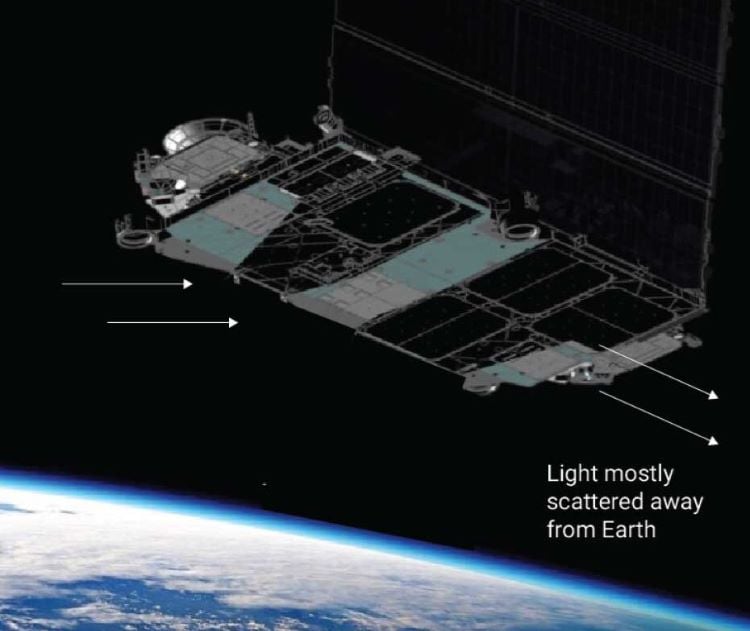Mention the name Starlink among the astronomy community and you will often be greeted with a shudder. There are now thousands of Starlink satellites orbiting Earth providing internet connectivity to every corner of the Earth. Many believe they are making astronomy difficult but now, SpaceX is launching another service; 'direct-to-cell' technology that will allow mobile phones to use satellites to send text messages as early as this year. Voice and data services are likely to follow on quickly next year. With smaller antennae at a lower altitude what is their impact on astronomy?
The SpaceX Starlink satellite project provides high speed broadband to ever corner of the globe (I know globes don't have corners but it's a saying that I didn't write, I'm just using it…. reluctantly.) Thousands of small satellites are now in low Earth orbit to achieve that aim. It's great news to those that live in remote parts of Earth and it has massive benefits to communications and support applications like disaster relief, medicine and remote learning. To astronomers attempting to study the faintest light from distant objects across the cosmos the satellites are problematic, having a negative impact on many observations.
SpaceX have gone to great lengths to minimise the impact from their satellites but now they are launching more to service direct messaging from mobile phones, via satellite. With even more satellites in orbit, at a lower orbit too, concerns are mounting of their impact on astronomical observations. The new satellites will have a mean magnitude of 4.62, this is 4.9 times brighter than other Starlink Mini spacecraft! Currently there are only 6 'direct-to-cell' satellites in orbit but the plan is for over 7,000 to join them.
Four researchers; Anthony Mallama, Richard E. Cole, Scott Harrington and J. Respler from the International Astronomical Union have studied the new suite of satellites to see what impact they may have on future observations. In their paper they describe just how they analysed the visibility and how they estimated the brightness of the new mini satellites.
The analysis process began with electronic and visual observations of the 6 test satellites. The electronic observations were taken using the MMT9 (Mini-MegaTORTORA) system at the Special Astrophysical Observatory in Russia. It is made up of 9 x 71mm diameter lenses and 2160 x 2560 CMOS detectors. The brightness observations were recorded along with the satellite distance and phase angle of which both would impact brightness.
The visual observations techniques is similar to that which is familiar to variable star observers. Brightness estimates are made using nearby reference stars whose brightness is known. They then characterise them before reassessing the impact on the new DTC satellites and the existing internet satellites.
Despite having arrived at an estimate of brightness 4.9 times brighter than the existing satellites, they are unable to conclude how the different attitudes and operations will impact their brightness. Taking into account their expected operations the brightness is more likely to be just 2.6 times brighter than the existing. They will however, spend far more of their time in Earth's shadow so will be less visible.
Source : Brightness Characterization for Starlink Direct-to-Cell Satellites
 Universe Today
Universe Today

